The 315th Infantry Regiment landed on June 14th, 1944, the first men’s thought was the excellent work done by the Engineers, indeed the soldiers were surprised to be able to land out of a boat directly onto a deck without getting one’s feet wet!
The beach was in such excellent secured organized state. Nevertheless, the regiment landed under German artillery fire wounding Technical 5 Harry Rybiski of Headquarters Company. He was the first men of the 79th Infantry Division to receive the Purple Heart. This poor boy was wounded by a shell fragment which entered the landing craft through a porthole while he was still onboard.
For the second time the Cross of Lorraine Division was on French soil—but there the comparison stopped. These soldiers had behind them a wealth of pre-combat experience, plus the last word in equipment. Some had been with the division since its activation at Camp Pickett, Virginia, on June 15th, 1942. They had undergone the toughening of Tennessee maneuvers, a three-month hitch in the grueling California-Arizona Maneuver Area and a winter's training at wind-swept Camp Phillips, Kansas. They had arrived in England well before D-Day. Mentally and physically they were fit for combat in all possible ways. (source Lone Sentry)
The first units of the regiment went to their assembly area near Sainte-Marie-du-Mont waiting there until June 16th, 1944 for their band of brothers. While the 315th Infantry Regiment was getting ready for action, an order came from the Division telling them to be on a 3 hours alert.
315th Infantry Regiment walking through the village of Saint-Joseph - ©CombatReels.com
The next day, June 17th, 1944 the regiment moved to the vicinity of Sainte-Mère-Église, where they relieved elements of the 90th Infantry Division. "A" Company was the first to make contact with the Germans near Flottemanville (D-24 / D-71), "B" Company then reported to have spotted some enemies at Morville (D-287).
Despite a good progress in Normandy, the landscape of the Cotentin Peninsula was a nightmare for the American troops, Germans were disappearing with a snap of a finger when they saw the enemy. But how ? Hedgerows! Hedgerows were everywhere, worse Germans had dug-in well hidden emplacements invisible with a scope rifle or binoculars. This is the reason why 3rd Battalion was given the mission to clean out the village of Lieusaint (D-2) of German snipers.
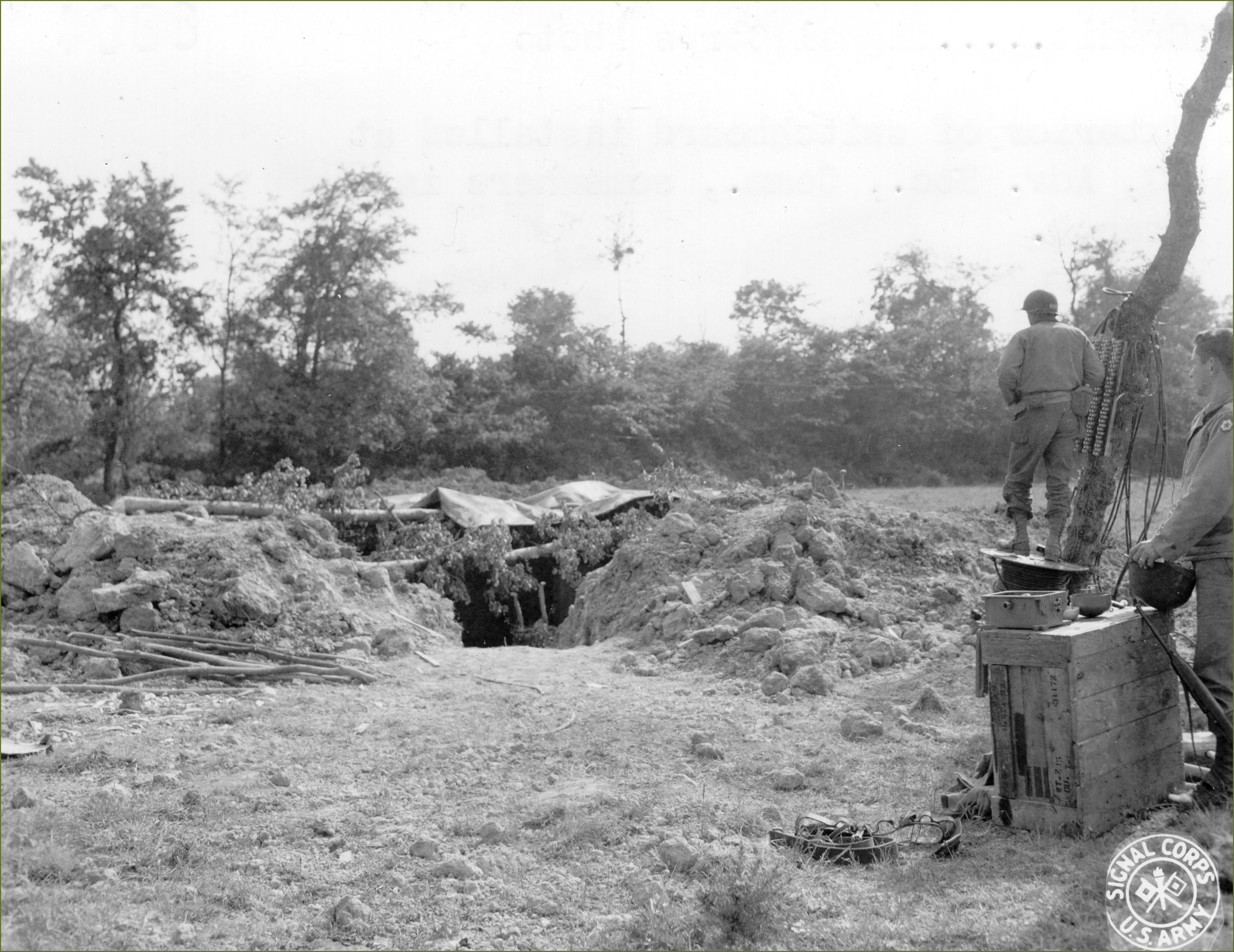 Former German position with hedgerows in the background.
Former German position with hedgerows in the background.
It was in the vicinity of Lieusaint that the 315th Infantry Regiment captured its first prisoners of war but to the greatest amazement prisoners were not Germans but Polish, and Georgians! (see photo below) Many of them stated that they were forced to fight for the 3rd Reich and their only matter was to surrender as quick as possible. It was also at this moment, that officers and enlisted men who were engaged in the regiment since its activation got killed in action, nevertheless casualties were extremely light.
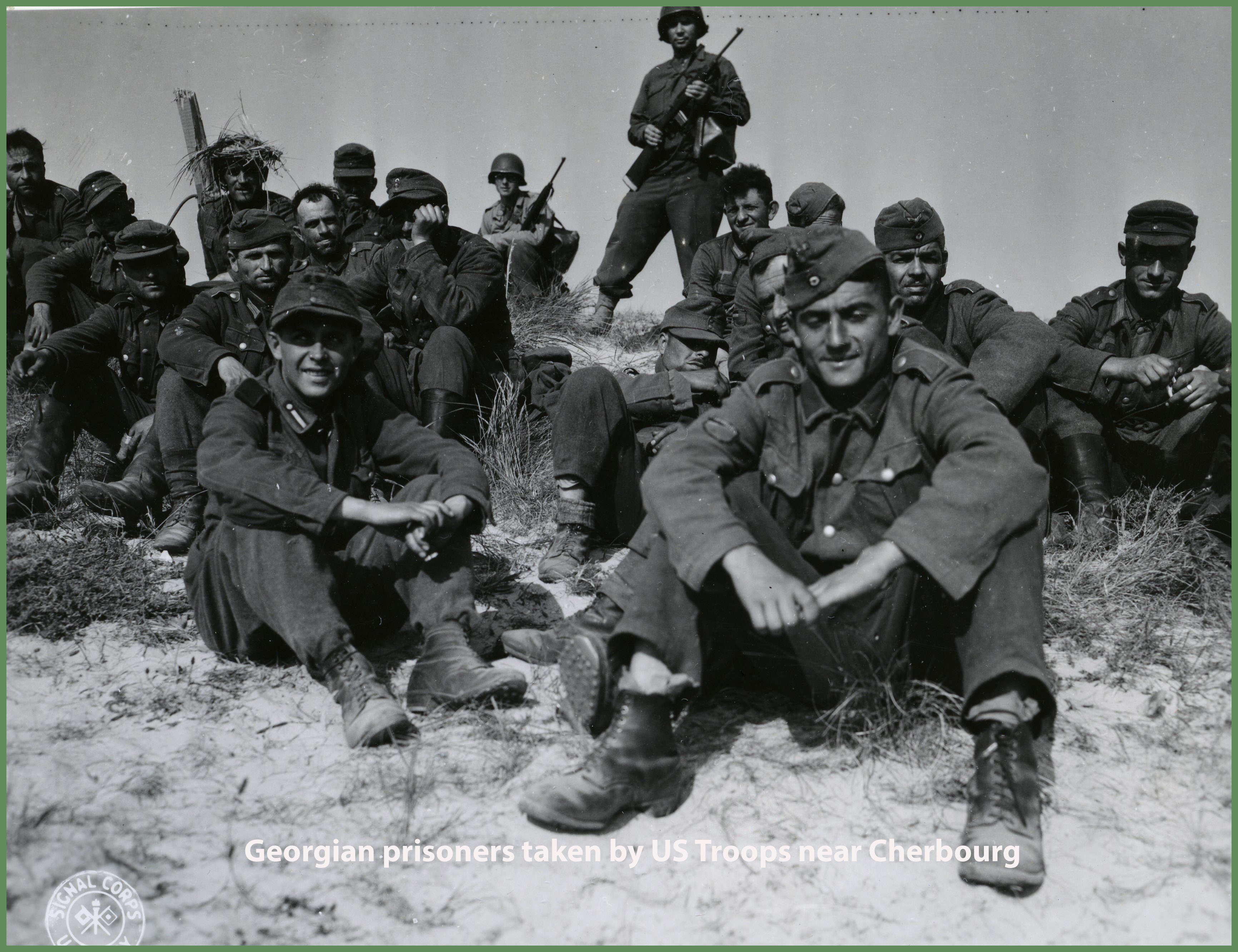 Georgian prisoners fighting for the Germans taken prisoners by American soldiers.
Georgian prisoners fighting for the Germans taken prisoners by American soldiers.
The regiment continued its advance along the road Valognes – Cherbourg setting up its CP in the village of Saint Joseph on the 21st of June 1944. On this day Lieutenant-General Courtney Hicks Hodges of the 1st US Army visited the CP.
It was there, in the vicinity of Tollevast and Hardinvast, that the German opposition became stronger and stronger. Until then, fightings were exchanges of fire between the two camps, but soon hand to hand fighting became necessary to dislodge the German forces from their dug-in emplacements, more so, the 88mm German guns delivered hell on the Allied troops.
Lives were the main concern of Headquarters, despite the american advance toward Cherbourg, the 315th Infantry Regiment and the other two (313th and 314th’s) were withdrawn in preparation for a coordinated attack scheduled on the 23rd of June. Soldiers of the regiment reported that many civilians came to discuss, even if there were troubles of communications, the troops knew civilians were filled with happiness.
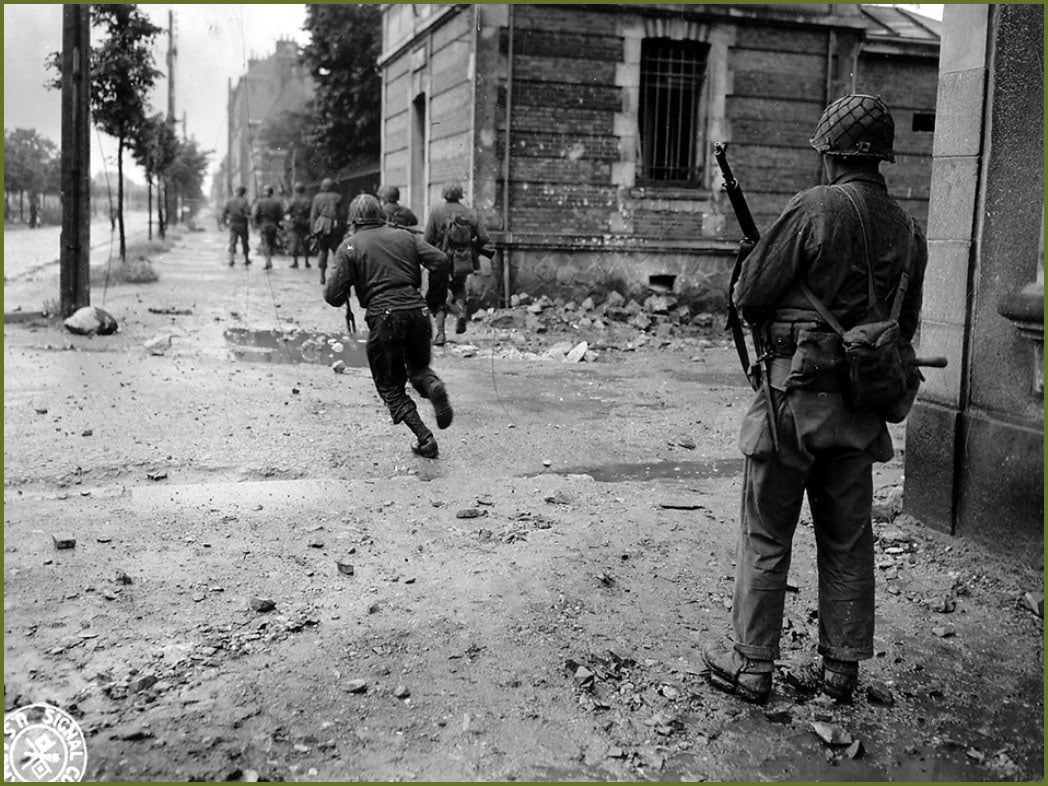 Men of the 79th Infantry Division fighting in the streets of Cherbourg.
Men of the 79th Infantry Division fighting in the streets of Cherbourg.
3 miles South before Cherbourg, the number of prisoners of war increased, while Captain Locks (AAR Spelling) was on his way to lead the prisoners at the Prisoner of War enclosure, his column counted one hundred prisoners. Upon his arrival at the camp, his column had grown to around six hundred!
During the next two days, men continued on their way to Fortress Cherbourg. The VII Corps tried to take Cherbourg while sparing lives. How so ? Planes dropped leaflets over the frontlines stating that those who wanted to surrender would be treated well and will not be harmed. This attempt did its work ! Several dozen of Germans surrendered but sometimes unusual events happened.
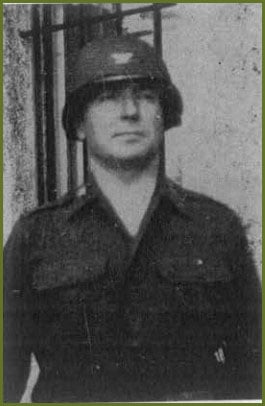
Lieutenant-Colonel McMahon - ©79thUnitHistory
Colonel Bernard B. McMahon, Regiment’s Colonel spoke German very well. He got into a sound truck, approached it near the German Hospital. After informing the enemy personnel of the situation, 1700 Germans were taken as prisoners. These forces were from the hospital but also from the neighborhood. Not a single bullet was fired.
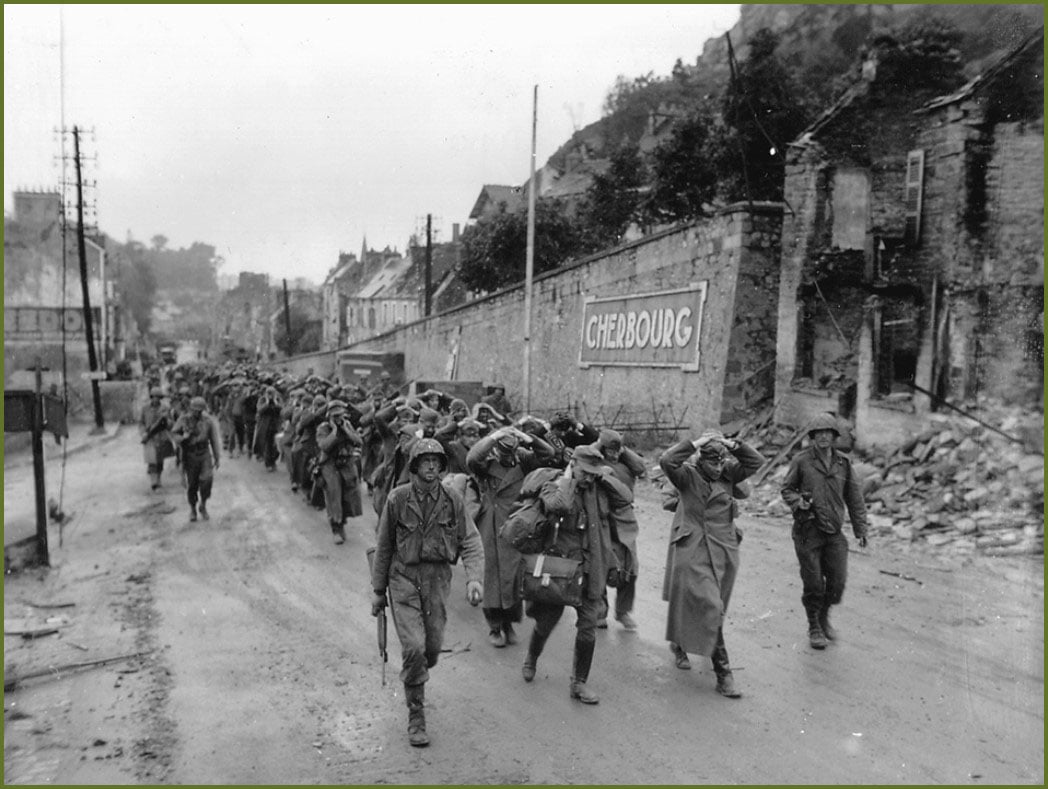 German prisoners leaving Cherbourg.
German prisoners leaving Cherbourg.
Towns of Hardinvast and Tollevast were taken by the 2nd and 3rd Battalions on the 25th of June 1944.
The regiment’s final drive was to take place at Le Bosquet (D-119), a hamlet northeast of Hardinvast to push to the center of Cherbourg. The taking of Fortress Cherbourg allowed the Allied Forces to have its first deep water harbor. The harbor installations were destroyed by the Germans when the Americans arrived in the suburbs of the city. Two months were necessary to fix all port facilities.
Written by Pierre Fallet, Normandy American Heroes.

















